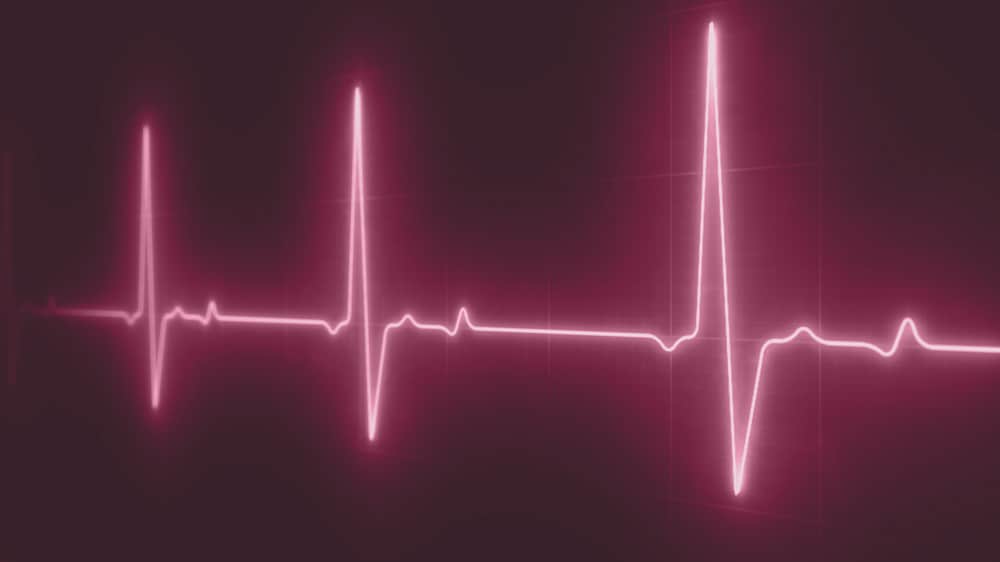The term hERG is an abbreviation for the human Ether-a-go-go-related gene. First named and described in a paper by biological scientists Jeff Warmke and Barry Ganetzky, hERG is a gene that codes the Kv11.1. Regulatory authorities worldwide have made hERG evaluations a priority requirement when filing for an experimental new medication.
With hERG screening, it’s possible to get swift and reliable information regarding a compound’s potential cardiac liability due to its binding to the hERG channel. Read on as we explain to you the structure and function of hERG and shed light on the industry analysis and top segments driving the HERG screening market forward.
Structure of hERG
As of now, a detailed atomic structure for the gene based on X-ray crystallography isn’t available. However, electron microscopy has recently shown some progress in solving the structures of hERG. In the lab, the hERG potassium channel has been shown to consist of 4 identical alpha subunits, forming the channel’s pore through the plasma membrane.
Each of the subunits in hERG comprises six transmembrane alpha helices, a pore helix, and cytoplasmically situated C- and N-termini. The fourth transmembrane alpha helix consists of a positively charged arginine amino acid, with an extracellular loop being present in the fifth and sixth helices.
Industry Analysis
The market for hERG screening is projected to experience robust growth. The HERG screening market size was USD 2,082.76 million in 2023 and is projected to grow at USD 6,108.75 million by 2032, growing at a CAGR of 12.7% during the forecast period.
The industry’s growth is primarily driven by:
- Growing acceptance of innovative medicines
- Rising prevalence of heart diseases
- Increasing number of new drug endorsements
Function of hERG
HERG is widely known for its contribution to the heart’s electrical activity. It mediates the repolarizing IKr current in the cell membrane of heart cells. This, in turn, helps in coordinating the beating of the heart.
If the channel’s potential to conduct electric current in the cardiac action potential gets inhibited or compromised, it can lead to a potentially fatal disorder called long QT syndrome. Conversely, the genetic mutation that results in an increase in the current through these channels can result in a heart syndrome disorder called short QT syndrome.
Several clinically successful drugs and medications on the market have tended to inhibit hERG. This can result in the lengthening of the QT and also lead to the fatal irregularity of the heartbeat. As a result, hERG inhibition is an important antitarget that should be avoided during drug development.
The Antiarrhythmic Segment is Projected to Witness the Fastest Growth
By application, the antiarrhythmic segment is projected to witness the fastest growth in the hERG screening market. The segment’s growth can largely be attributed to the rising demand for medication modification ion channel activity for use in cardiovascular diseases, metabolic disorders, and cancer. The class III medication Amiodarone, which can inhibit HERG channels in both open and closed states, is known to be a highly safe antiarrhythmic medicine. The added HERG blocking action of HERG may lead to greater clinical outcomes, impacting the market for hERG screening favorably.
Asia Pacific is Projected to Grow at a Rapid Pace
The hERG screening market in Asia Pacific region is projected to witness rapid growth. The region’s significant growth can largely be attributed to improvements in healthcare infrastructure, well-designed policies, and economic growth. Besides, a growth in initiatives from non-profit organizations is likely to impact the region’s growth favorably.
Final Saying
To conclude, hERG screening is primarily used in the drug discovery process. Over the next few years, the rising number of product releases is projected to drive up the hERG screening market demand. Besides, the growing number of innovative medical approvals is also likely to aid in the growth of the market.

